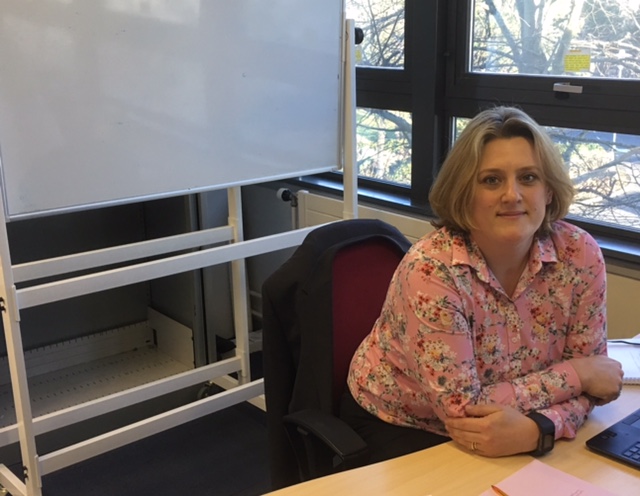Miscarriage guidance at the Government Legal Department
Helen Horsfall, a lawyer in the Government Legal Department (GLD), explains how they put miscarriage guidance in place.
 The stark statistics around miscarriage – 1 in 4 pregnancies ending in loss, 29% of women who suffer a miscarriage showing symptoms of PTSD a month later – tell their own story about the need for workplace guidance. We knew that, statistically, a great many of our colleagues might at some time be affected by the loss of a pregnancy. Being able to rely on compassion and the right help at work is so important but we also knew, from our own experiences and anecdotally from others, that the practical and emotional support which colleagues actually received could be patchy, and very much depended on individual line managers’ awareness of the issues.
The stark statistics around miscarriage – 1 in 4 pregnancies ending in loss, 29% of women who suffer a miscarriage showing symptoms of PTSD a month later – tell their own story about the need for workplace guidance. We knew that, statistically, a great many of our colleagues might at some time be affected by the loss of a pregnancy. Being able to rely on compassion and the right help at work is so important but we also knew, from our own experiences and anecdotally from others, that the practical and emotional support which colleagues actually received could be patchy, and very much depended on individual line managers’ awareness of the issues.
Empathy and kindness don’t have to come from someone who has been through the same experience as you – but that said, we also recognised that it can be particularly hard for line managers who don’t have personal experiences to draw on, to know what to do or say when a colleague suffers loss. The right support at work can be crucial to assisting a person’s recovery, their return to work and long-term mental health, but knowing how to help or finding the right words can be difficult too. Line managers are put on the spot in these situations, having to react very quickly at a frightening and distressing time for their colleague.
A quick search of our intranet showed us that the available information on miscarriage for line managers was scattered around various different HR policies and not always terribly easy to find. It was also couched in the dry, legalistic language of employment policy which didn’t give line managers very much guidance on the human and emotional aspects of managing someone through loss and personal crisis. So there was a clear gap there, and opportunity to help with information, guidance and signposting.
Getting started
Our first thought was that if we were looking at this issue, other people in other organisations must be looking at it too. So we turned to Google, and were very lucky that one of the first things we came across was a case study on the Miscarriage Association’s website, about the work which another central government department, BEIS, had been doing in this area. Through that article, we were able to link up with civil service colleagues who had already created similar guidance, and learn from their experiences and materials, which also provided a helpful precedent and “proof of concept” for our own organisation.
We also obtained director-level championship for the work right from the start, through the GLD Parents’ Network’s senior sponsor, who had made a personal pledge around improving awareness and support in relation to pregnancy and baby loss.
Having several people involved who could pass the lead between us and step forward and back as workloads or emotional pressures dictated, really helped us to keep it moving forward and support each other.
From initial discussion to sign off
The Parents’ Network took the proposal to GLD’s HR team. We emailed with HR colleagues and had an initial meeting to explain the need we’d identified, and they were very positive and supportive of our proposals. We worked with an HR colleague to create a draft of the guidance and make sure it was in full alignment with the organisation’s policies, for example on sickness absence, flexible working and special leave. Once it had taken general shape, we sought comments and input from GLD’s diversity networks, to make sure we had canvassed views and input from a broad constituency. This led, for example, to valuable input and advice on gender-neutral drafting from the LBGT+ network. And as the draft drew closer to final sign-off, we liaised with HR and GLD’s Communications Team on a comms plan to raise awareness of the guidance at all levels of the organisation, following publication.
We probably didn’t fully appreciate at the outset, how emotionally triggering drafting the guidance had the potential to be. Having several people involved who could pass the lead between us and step forward and back as workloads or emotional pressures dictated, really helped us to keep it moving forward and support each other – we hadn’t planned it like that but it turned out well.

